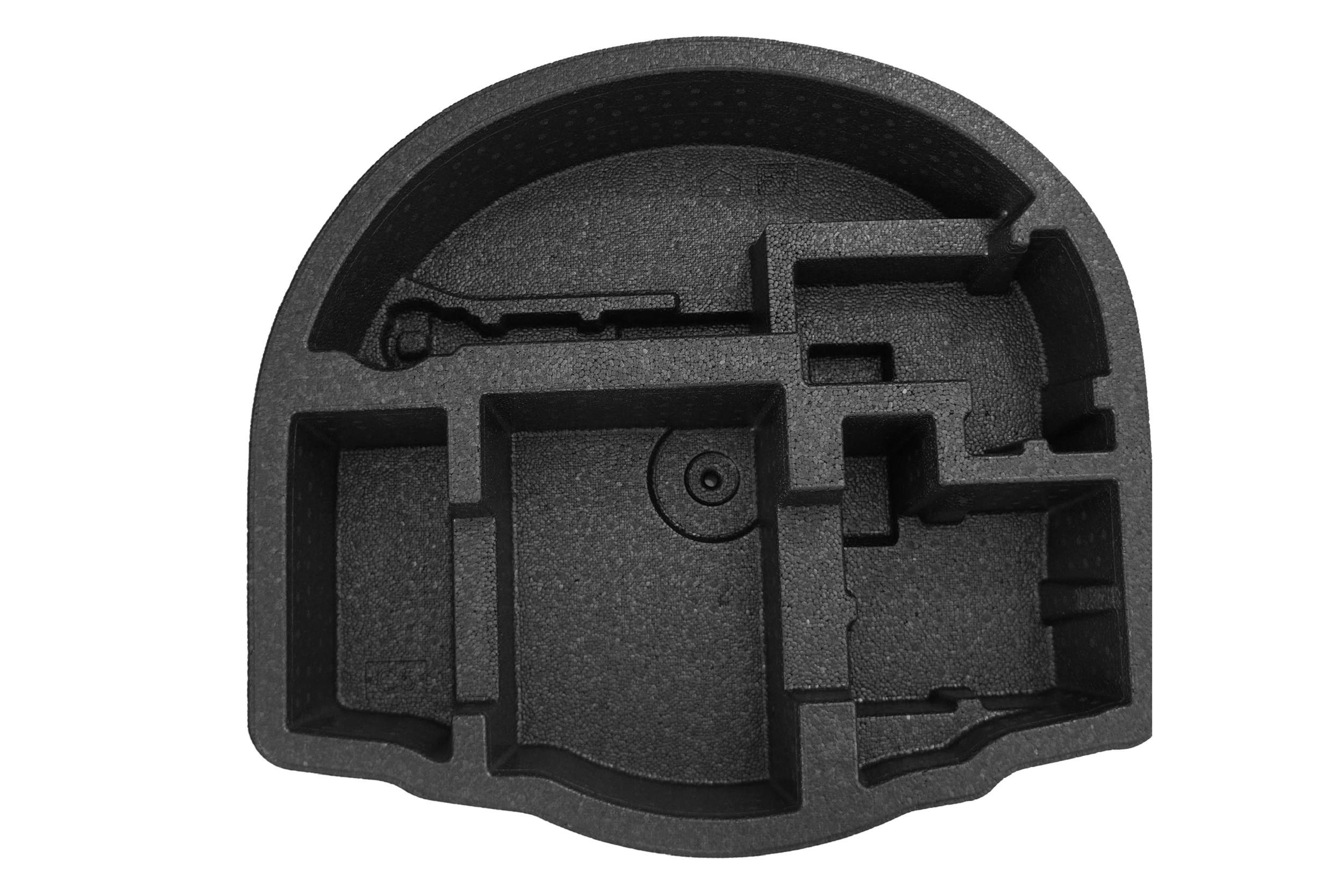The chassis of a car is often confused with a platform or frame. In practice, however, these are three different terms that should not be used interchangeably. What exactly does each of these terms mean and what are the differences?
What is a car chassis?
“Chassis” is a term that should be used to refer to the load-bearing part of a car's frame. It is the horizontal section of the vehicle that connects other components of the structure together. The chassis is a set of mechanical components that make it possible to transfer power from the drive unit to the wheels. Moreover, the components used in this part of the vehicle's design have quite an impact on the car's driving behavior. The chassis includes several systems that play a key role in the operation of the car: braking, steering, drive and suspension systems.
Types of car chassis
It is worth noting that the chassis is one of the main components of a car's structure. This is because the systems within it are responsible for many important driving functions. There are several types of chassis, differing in their construction and the way in which other components, such as the drivetrain and body, are assembled.
Ladder frame chassis
Ladder frame chassis is one of the oldest types of chassis. It is still used today for some off-road and commercial vehicles. Such a structure consists of two long beams that are supported by further shorter beams. It is used for example in the Ford Transit model. This solution can be encountered less and less often due to its considerable weight, among other reasons. The biggest advantages of this type of chassis are the wide possibilities of modification, cost-effective production and relatively simple manufacture.
Backbone chassis
In this case, the chassis is constructed from a cylindrical tube with a rectangular cross-section, which passes through the center of the entire structure, thus connecting the lower and upper suspensions. Such a solution provides a number of advantages related to vehicle stability, so it is readily used for example in off-road vehicles.
Monocoque chassis
This type of car chassis is currently the most popular solution in vehicle manufacturing. Its name comes from the specific form, which includes not only the chassis itself, but also the upper part of the vehicle. The result is a compact “cage” with all the most important elements of the car's structure. Such a chassis provides a higher level of safety than other solutions, as well as relatively easy repair and very good torsional rigidity.
Tubular chassis
This solution is found primarily in racing cars due to its high level of safety in the event of an accident. The design of the tubular chassis resembles a ladder frame chassis, but in this case the elements supporting the body of the vehicle hold not only its chassis, but also other parts. This makes the whole construction much stronger and more stable. However, it also involves much higher production requirements, which also leads to a considerable cost – for this reason, it is difficult to encounter such a chassis in ordinary passenger cars.
What is the difference between a chassis and a car platform?
A platform is another term you may encounter in the context of the lower part of a vehicle. However, it is a much more ambiguous term than frame or chassis. When talking about a car platform, it is difficult to point to a specific part of the car, since it is a whole set of common structural, design and manufacturing features shared between different brands and models.
Car platforms are developed primarily to reduce manufacturing costs. By standardizing certain features of a vehicle, expenses can be minimized, as well as the time it takes to release a finished product onto the market. A platform includes many components, only one of which is the chassis. In addition to it, car components such as the frame, suspension, drive unit, exhaust system or transmission can be standardized. Each manufacturer adapts its car design to these elements, if necessary, making appropriate adjustments to components that allow for it.
What is the frame of a car?
The frame, like the platform, is often used interchangeably with the chassis. Technically, however, it is a separate component that has well-defined tasks and is different from both the platform and the chassis. The chassis of a vehicle is the load-bearing part of the frame, which in turn is the structural element of the body of the car. Most modern cars are manufactured using the “unibody” concept, which is a single, welded structure that combines both the lower and upper parts of the vehicle.
Cooperation with Knauf Automotive

Knauf Automotive is an expert in the automotive industry. We are a trusted partner in automotive manufacturing – providing reliable components developed using state-of-the-art technology. What matters to us is quality, reliability and the individual needs and requirements of our automotive customers. Our support has already been appreciated by many partners – we invite you to contact us and learn more about Knauf Automotive.